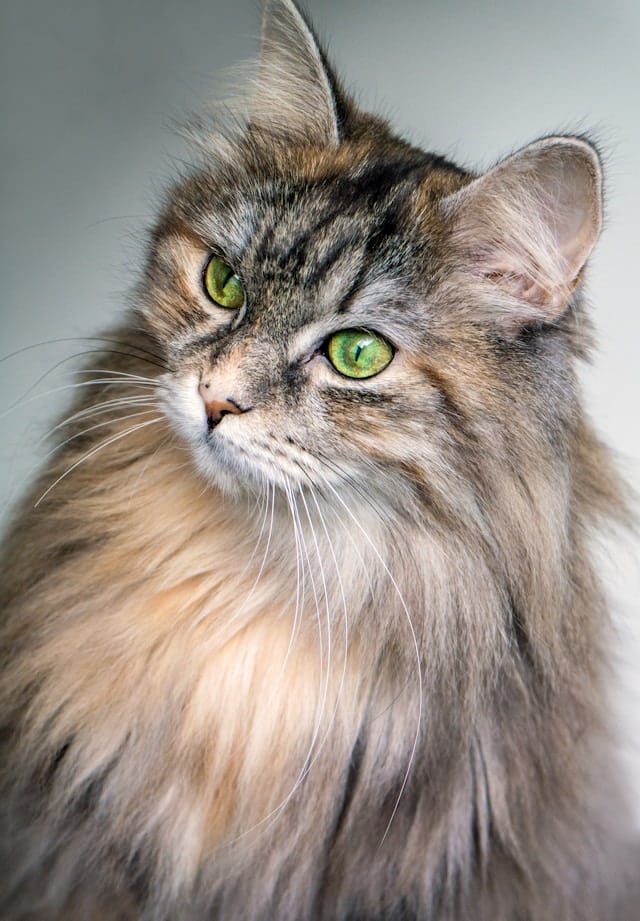When it comes to decorating your home with plants, pet owners often face a unique challenge. You need to find plants that not only thrive under indoor conditions but are also safe for your pets. Cats, in particular, are known for their curiosity and urge to chew on leaves, making this quest even more crucial. This article will help you navigate the world of pet-safe plants, focusing on those that are best suited for homes with cats. We’ll explore the different types of safe plants to consider, how to provide the best care for them involving light, soil, and water requirements, and which popular plants to avoid due to their toxic nature.
Identifying the Best Pet-Safe Plants for Your Home
Before diving into the specifics of pet-safe plants, it’s worth understanding what makes a plant pet-safe. The term refers to plants that are non-toxic and won’t harm your cat if ingested or touched. Several plants tick these boxes, making them suitable for homes with cats.
Lire également : What’s the Best Way to Socialize a Puppy with Elderly People and Children?
One of the most popular pet-friendly plants is the Spider Plant. This plant is not only safe for cats but is also very hardy and can tolerate a wide range of light conditions, making it a great choice for beginners.
The Boston Fern is another fantastic choice that is safe for your feline friend. This plant thrives in indirect sunlight and prefers a humid environment.
En parallèle : How to Choose the Right Type of Dietary Fiber for a Cat with Constipation?
Areca Palm and Parlor Palm are also excellent choices. These plants are visually striking with lush green leaves, and they are completely safe for your cats.
Finally, for those who prefer succulents, the Haworthia and Echeveria species are safe options. These plants require bright light and minimal watering, making them a low-maintenance choice.
Caring for Pet-Safe Plants
Now that you’ve chosen your plants, it’s crucial to understand how to care for them properly to ensure they thrive in your home.
Many pet-safe plants are fairly low-maintenance, requiring minimal care and attention. However, there are three main factors you need to consider: light, soil, and water.
Light: Most indoor plants require indirect sunlight. This means they should be placed near a window but not directly in the line of sunlight. Some plants, like the Spider Plant and Boston Fern, can tolerate low light conditions, while others, like the Haworthia and Echeveria succulents, need bright light.
Soil: The type of soil you use is also important. Most indoor plants prefer well-draining soil, which means it should contain enough coarse material, like sand or perlite, to allow water to flow through easily.
Water: When it comes to watering, less is often more. Overwatering is a common problem that can lead to root rot and other diseases. Most indoor plants prefer their soil to dry out completely between waterings.
Common Toxic Plants to Avoid
While there are plenty of pet-safe plants to choose from, it’s equally important to be aware of those that are toxic to cats. Some popular houseplants, while beautiful, can be harmful or even fatal if ingested by your pet.
One such plant is the Sago Palm. Despite its name, this plant is not a true palm and is highly toxic to cats.
The Dieffenbachia, or dumb cane, is another plant to avoid. Its leaves can cause severe mouth irritation and other symptoms if chewed or swallowed.
Other toxic plants include the ZZ plant, Philodendron species, and Pothos. While these plants are popular for their hardiness and attractive leaves, they should be avoided in homes with cats.
Making Your Home a Safe Haven for Cats and Plants
It’s entirely possible to keep both your plants and your feline friend happy and healthy in your home. By choosing pet-safe plants, you can enhance your home’s aesthetics without compromising your pet’s safety.
In addition to choosing the right plants, you also need to ensure that your plants are kept in places that your cat can’t reach. Cats are excellent climbers, so consider hanging plants or placing them on high shelves.
Remember, each cat is different and may react differently to different plants. It’s always a good idea to observe how your cat interacts with a new plant. If you notice any unusual behavior or symptoms, consult with a vet immediately.
Overall, creating a pet-friendly home that’s also plant-friendly requires a bit of research and planning, but the end result is well worth the effort. You can enjoy the beauty and benefits of indoor plants without worrying about your cat’s safety, creating a harmonious environment for all.
Ensuring Optimal Growth with Proper Care Instructions
Maintaining the perfect balance between cat safety and plant growth can seem challenging. However, with the appropriate care instructions, your pet-friendly house plants can flourish while providing a harmless environment for your cats.
Light Conditions: Light is a key factor in plant growth. Different plants have different light requirements, ranging from low light to bright indirect sunlight. Spider plants and Boston ferns can thrive in lower light conditions, making them perfect for rooms with less sunlight. On the other hand, succulents like Haworthia and Echeveria require bright, indirect light. These plants are best positioned in a south or east-facing window where they can receive plenty of natural light without being scorched by the sun.
Watering Needs: Overwatering is a common mistake when it comes to indoor plants. Many houseplants, including the Spider Plant and Parlor Palm, prefer to let their soil dry out between waterings. This prevents the roots from becoming waterlogged and developing root rot, a harmful condition that can lead to plant death. When you water your plants, make sure to completely soak the soil, then allow it to fully dry before watering again.
Soil Requirements: Using a well-draining soil is essential for the health of your indoor plants. The soil should retain enough water to nourish the plant but also allow excess water to drain away easily. Incorporating materials such as perlite or sand can enhance the drainage properties of your soil, promoting healthy root development and overall plant health.
By adhering to these care instructions, you can ensure the optimal growth of your plants while creating a pet-friendly environment for your cats to live in.
Conclusion: Harmonizing Your Home with Pet-Safe Houseplants
Contrary to popular belief, enriching your home with beautiful house plants doesn’t mean jeopardizing the safety of your cats. In fact, it opens up a world of possibilities for sprucing up your space with a variety of pet-safe house plants.
With a plethora of options such as Spider Plants, Boston Ferns, Areca and Parlor Palms, and succulents like Haworthia and Echeveria, you have a host of safe choices that won’t harm your feline friends. But remember, avoiding toxic plants like Sago Palm, Dieffenbachia, ZZ Plant, Philodendron species, and Pothos is equally crucial.
Understanding your plants’ light, water, and soil needs is fundamental to their survival. Keep in mind that each plant is unique, and what works for one might not work for another. So, always adhere to the specific care instructions for each plant.
As a cat owner, ensuring that your plants are placed somewhere out of your cat’s reach is a good precaution. You can consider hanging your plants or placing them on high shelves to keep them safe from your inquisitive cats.
Remember, the safety of your pets should always be the priority. It’s crucial to monitor how your cat interacts with a new plant and consult a vet immediately if you notice any odd behavior.
In conclusion, creating a harmonious home with pet-safe houseplants is entirely feasible. With careful selection, proper care, and mindful placement, you can create an environment that is both aesthetically pleasing and safe for your cats.











